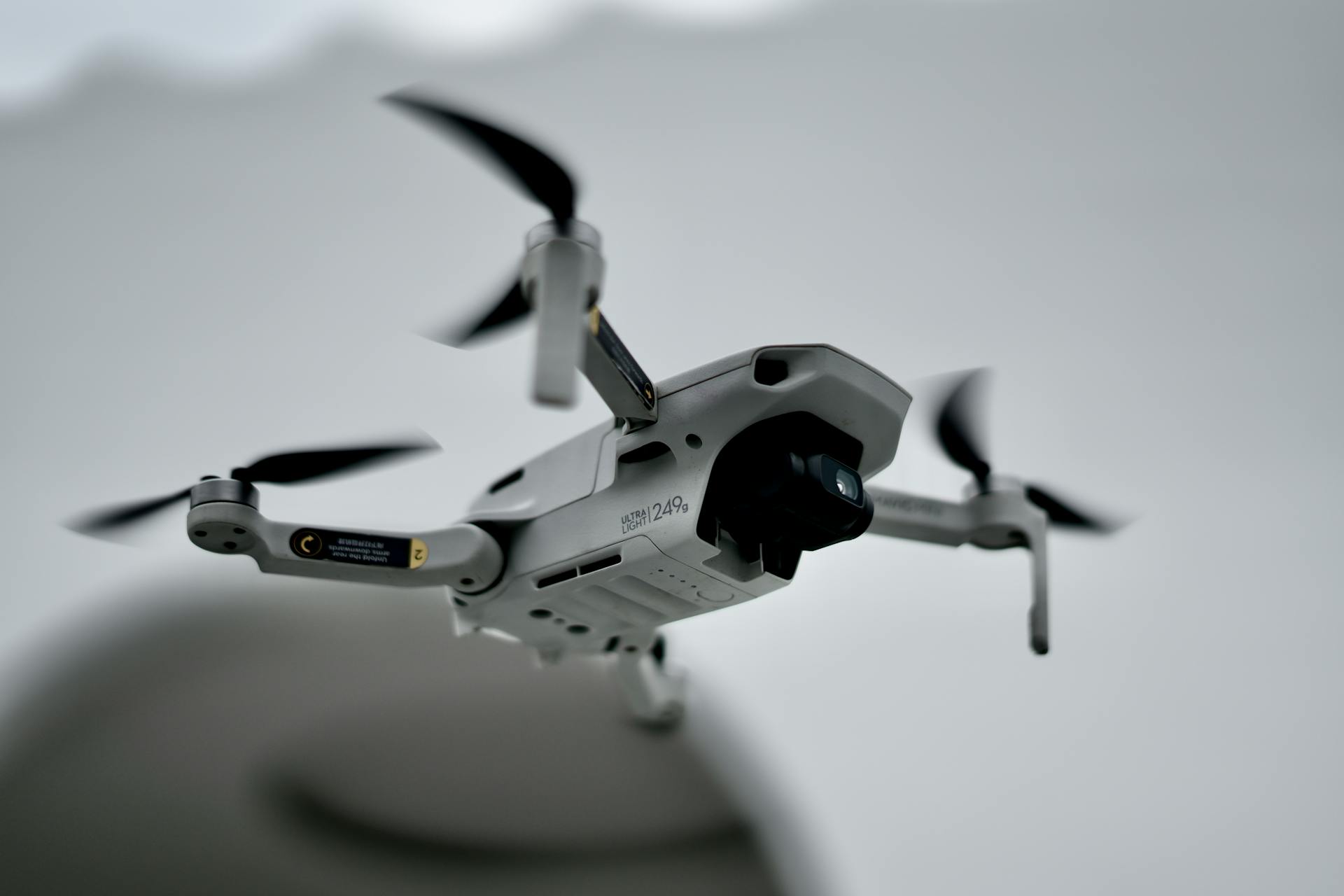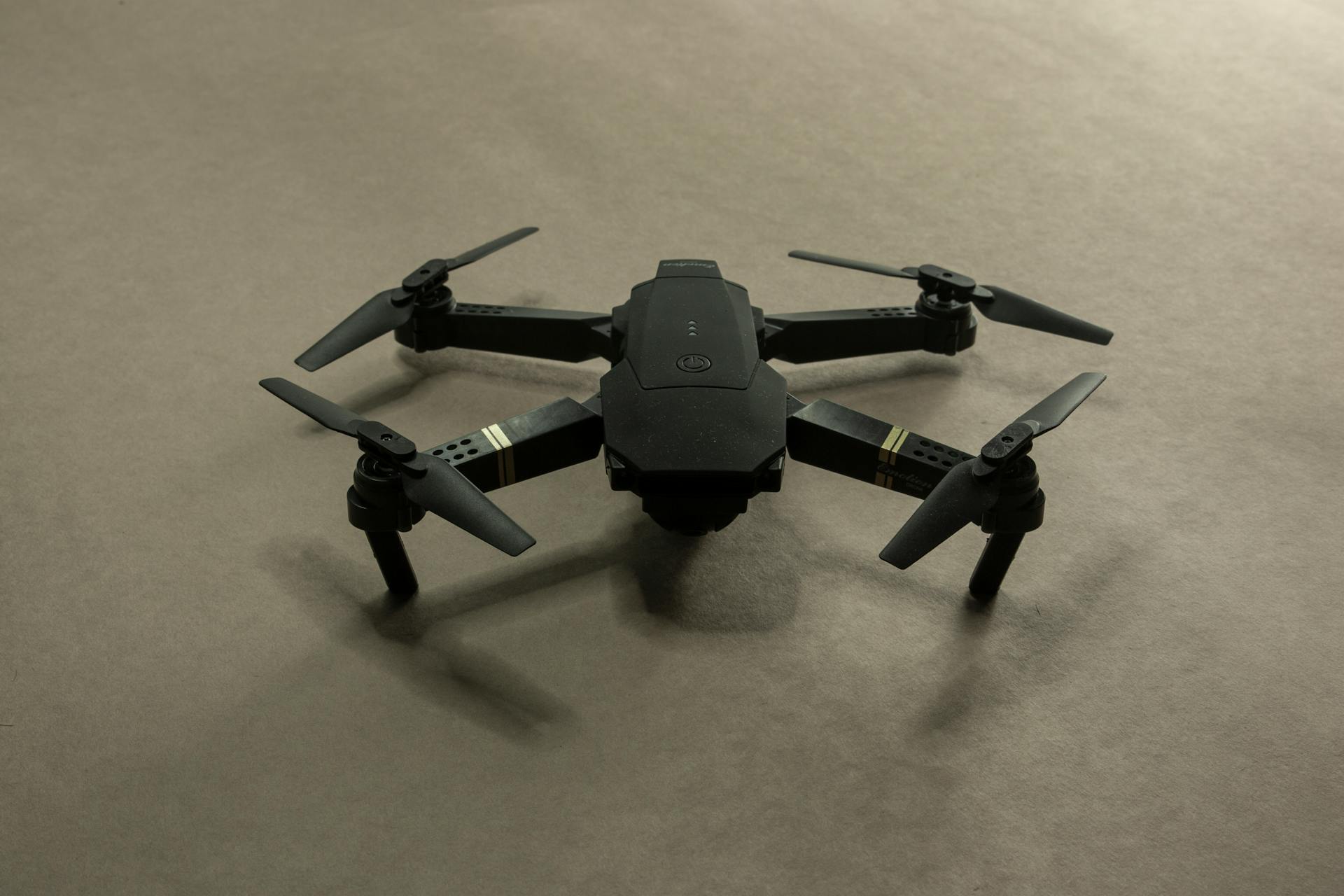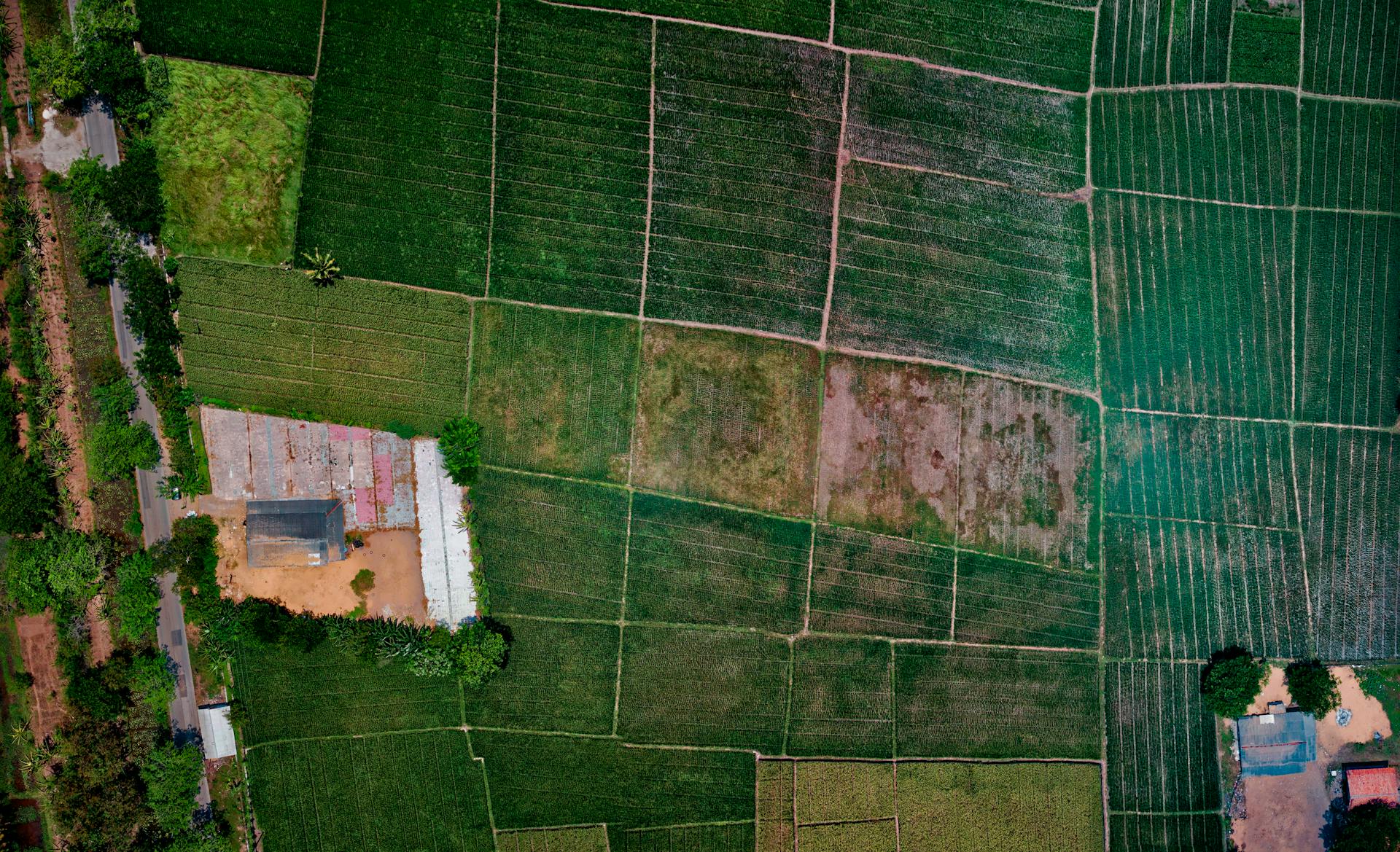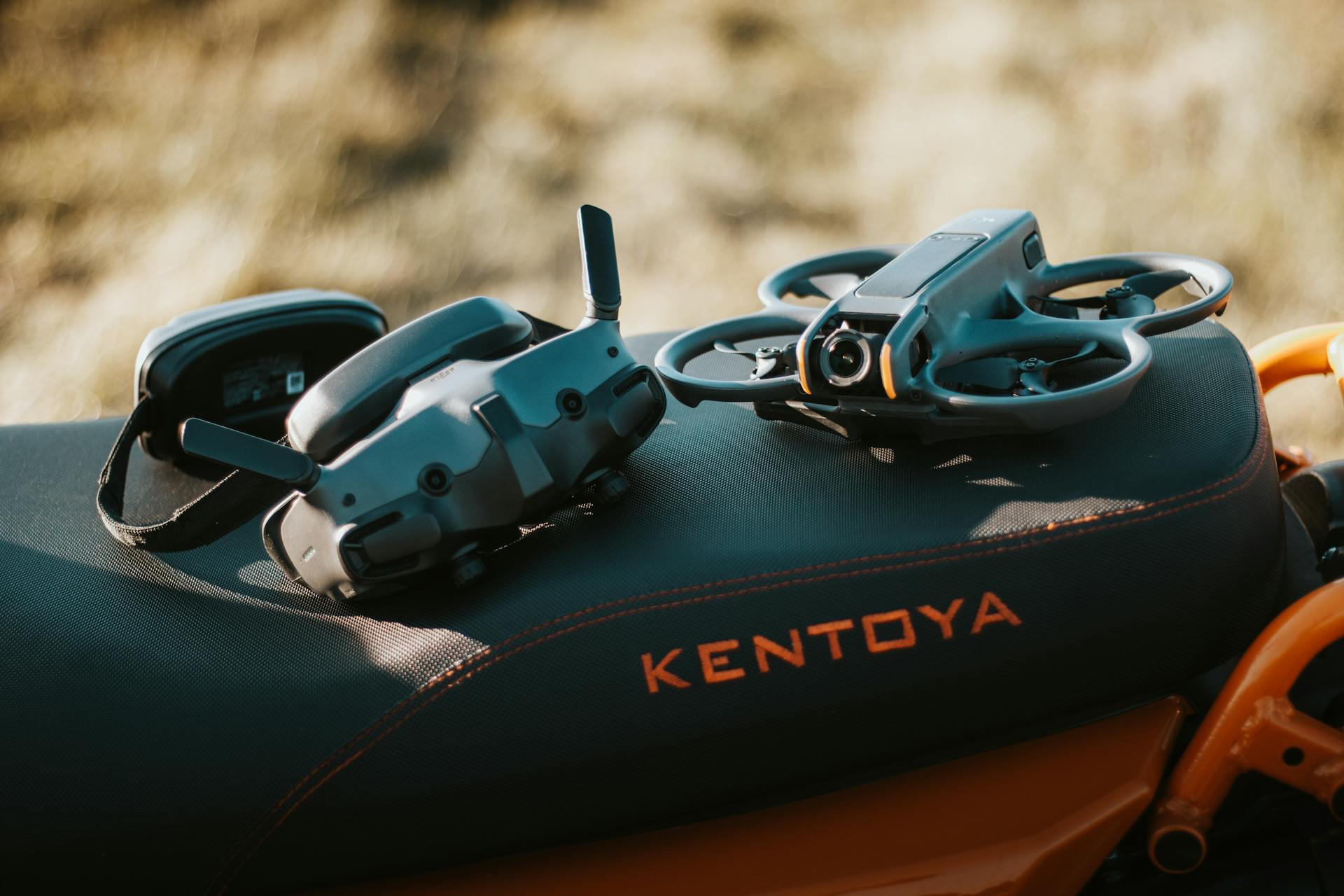
FPV drone technology has been rapidly advancing in recent years, with significant implications for military development and integration. The US military has been actively exploring the potential of FPV drones for reconnaissance and surveillance missions.
The US Air Force has already begun integrating FPV drones into its operations, with plans to deploy them for real-time battlefield awareness. This marks a significant shift towards more agile and flexible military operations.
FPV drones offer a range of advantages for military applications, including enhanced situational awareness and increased operational flexibility. Their ability to provide real-time video feeds and sensor data has the potential to revolutionize military decision-making.
The integration of FPV drones into military operations is expected to be a gradual process, with a focus on developing the necessary infrastructure and protocols for safe and effective deployment.
Broaden your view: Us Military Drone Command
FPV Drone Military Applications
FPV drones are being used to eliminate small, moving targets such as motorcyclists, individual soldiers, cars, and even tanks.
Their precision targeting capabilities allow them to hit fortified targets that snipers equipped with more traditional weapons can't. FPV drones are better compared to sniper bullets, with their pilots akin to snipers.
The Ukrainian army has quadrupled the number of FPV drones on the battlefield, largely due to their affordability and accessibility. These drones often weigh only a few pounds and can be manufactured for about $400.
Ukrainian workshops are manufacturing up to 100,000 FPV drones monthly, most equipped with a grenade weighing about a pound. However, there is speculation that the Ukrainian army may have developed more destructive technology for FPV drones.
FPV drones are being equipped with up to ten pounds of explosives, according to Foreign Policy. Despite their relatively low destructive power, the affordability and availability of FPV drones make them formidable.
Here's a comparison of the destructive power of FPV drones and other weapons:
FPV drones are playing a significant role in the ongoing conflict between Russia and Ukraine. Ukraine's innovation with FPV drones helps counterbalance Russia's larger troop numbers.
See what others are reading: Drone Taking down Helicopter in Ukraine
The use of FPV drones in modern warfare is a cat-and-mouse game, with both sides trying to outmaneuver each other. The British Army is currently standing up a Cyber and Electromagnetic Activities (CEMA) Group to address this reality.
The two capabilities of FPV drones and Electronic Warfare (EW) work together to assess the electromagnetic landscape, create corridors for deploying friendly drones, and block areas to deny enemy drone threats.
Ukraine is developing armor-piercing ammunition, known as EFP, compatible with its fleet of FPV drones. This ammunition can penetrate less armor than other shaped charges but provides a much longer range.
FPV drones quickly became almost emblematic of Ukraine's efforts with unmanned aerial vehicles (UAVs). They can be used to record dramatic battlefield footage or deployed as reconnaissance tools to guide artillery strikes.
Drone Technology and Capabilities
FPV drones are equipped with high-performance brushless motors and efficient propellers, allowing for rapid acceleration and agile movement. This makes them ideal for navigating complex environments and changing direction quickly.
Their customizability and modularity have resulted in these hobbyist UAVs becoming widely used on the battlefield. Pilots can easily upgrade or swap out cameras, antennas, and flight controllers to improve performance or facilitate different operations.
FPV drones can fly at speeds of up to 200 km/h, making them faster than other drone types. The DJI Mavic 3, for example, reaches speeds of up to 160 kmph.
Here are some key characteristics that make FPV drones suitable for military operations:
- Surveillance and monitoring of large areas;
- Target acquisition;
- Self-destructing drone attacks (loitering munition);
- Personnel protection.
Their lightweight design and compact size make them difficult to detect and track. This, combined with their agility and speed, makes them a valuable asset on the battlefield.
Drones and How They Work
FPV drones are a type of drone that allows for real-time video transfer from a camera installed at the front of the UAV. This enables the person controlling the drone to observe the area around it in real-time using special glasses, replicating the experience of military pilots.
They're perfect for surveillance and monitoring of large areas, target acquisition, and even self-destructing drone attacks, also known as loitering munitions. These drones can also be used for personnel protection.
FPV drones are lightweight and manoeuvrable, which allows them to fly at high speeds. In fact, modern FPV drones can reach speeds of up to 200 km/h, compared to other drone types that max out at 50 kmph. The Chinese DJI Mavic 3, for example, can reach speeds of up to 160 kmph.
The key characteristics of FPV drones make them suitable for various missions, including kamikaze drone attacks and dropping missiles. They can be combined with different types of munitions, from grenades to heavier explosives.
Here are some of the key applications of FPV drones:
- Surveillance and monitoring of large areas
- Target acquisition
- Self-destructing drone attacks (loitering munition)
- Personnel protection
Hardware Details
FPV drones are made from lightweight materials like carbon fiber and aluminum, which optimizes vehicle weight without sacrificing durability.
These materials are suitable for withstanding high-speed flights and occasional crashes, making them perfect for FPV drone enthusiasts.
High-performance brushless motors are a crucial component of FPV drones, allowing for rapid acceleration and agile movement.
FPV drones also have efficient propellers, which enable pilots to change direction and speed quickly.
Customizability and modularity have made FPV drones widely used on the battlefield, allowing pilots to tailor their drones to their specific needs and preferences.
You can easily upgrade or swap out cameras, antennas, and flight controllers for alternatives to improve performance or facilitate different operations.
FPV drones can be transformed into kamikaze drones by adding explosives, or they can carry grenades or other small munitions to be dropped on enemy positions.
High-resolution or thermal imaging cameras are installed to provide better situational awareness and target identification in different conditions.
Some FPV drones have anti-jamming capabilities to maintain a stable signal and control, which is essential for maintaining a secure connection.
Here's an interesting read: How High Can a Military Drone Fly
Military Defense and Countermeasures
Military defense and countermeasures for fpv drones are crucial for protecting against potential threats.
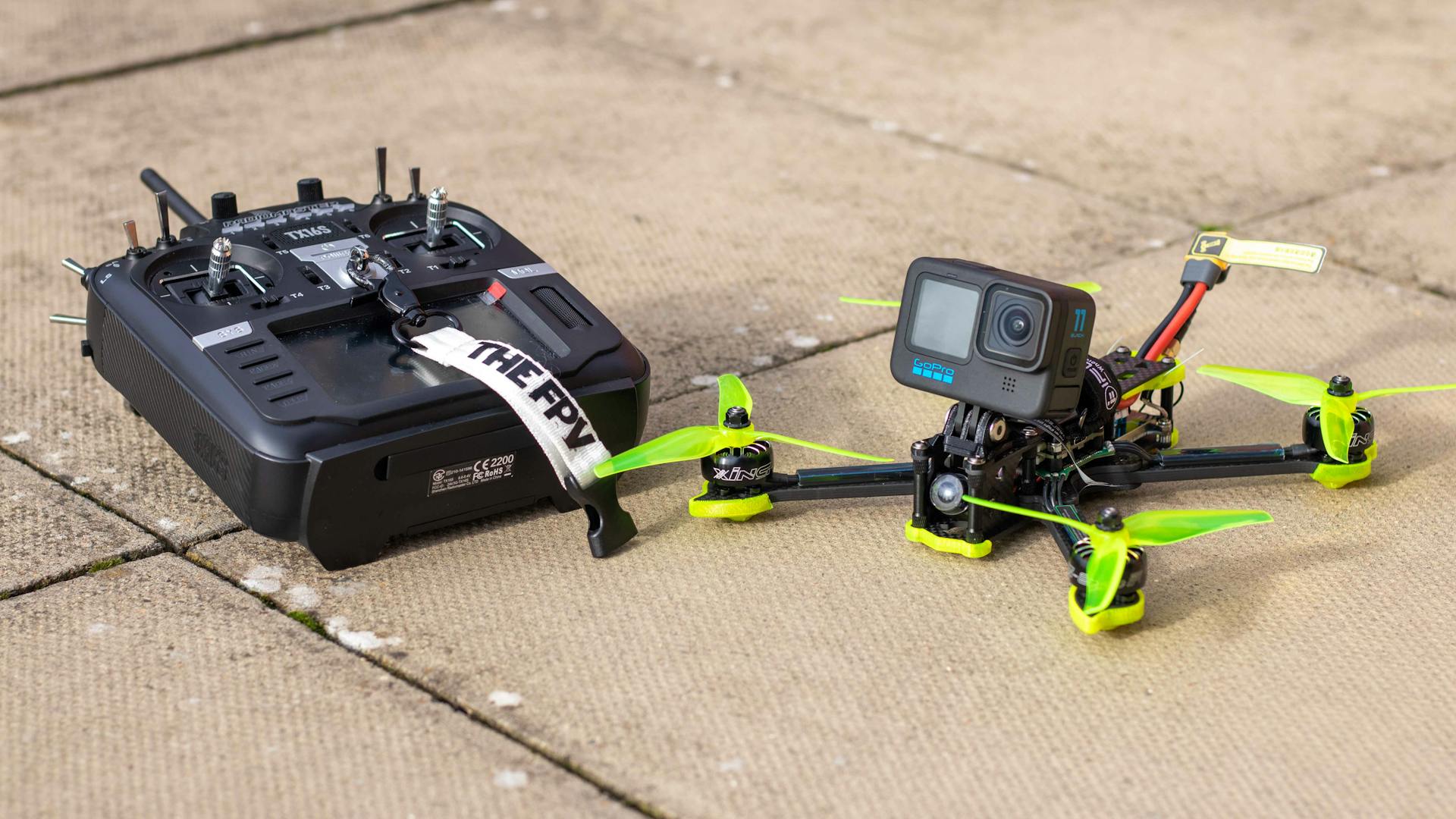
The use of jamming technology can disrupt the signal between the drone and its controller, rendering the drone unusable.
This can be particularly effective against enemy drones, but it also risks interfering with friendly drones and other devices.
In addition to jamming, electronic countermeasures (ECMs) can be used to confuse or mislead enemy drones, making it difficult for them to target their intended objectives.
Drones and EW
Drones and EW are crucial components of modern military defense. The war has shown that tactical drones are only half the capability, with Electronic Warfare (EW) being the other essential part.
The British Army is currently setting up a Cyber and Electromagnetic Activities (CEMA) Group. Three EW procurement programmes have been announced, but they view EW through a traditional threat framework, neglecting the emergence of the tactical drone.
Current EW and drone training do not reflect the modern battlefield, as seen in the war in Ukraine. This highlights a significant gap in military preparedness.
A future British Army EW detachment must co-locate with future FPV drone detachments. This is because the two capabilities work together to assess the electromagnetic landscape, create corridors for friendly drones, and block areas to deny enemy drone threats.
The interaction between drones and EW is a skilled cat-and-mouse game. This reality is not yet described in any British Army doctrine or other pamphlet, emphasizing the need for immediate action to address the shortfalls.
Intensity of Attacks
The intensity of attacks has increased exponentially since the summer of 2023, with 3,917 Russian attacks recorded as of February 8, 2024.
Both the Ukrainian and Russian armies have been using FPV drones to launch attacks, with the Russian Army catching up to the Ukrainian Army's use.
The effectiveness of these attacks varies, with around 12% resulting in the destruction of the target and 15% causing damage.
A significant portion of attacks, about 20%, are either inconclusive or miss their mark.
For more insights, see: Russian Drone Aircraft
Frequently Asked Questions
What are the uses of FPV drones in Ukraine?
FPV drones in Ukraine are used for reconnaissance and targeting specific equipment on armored vehicles, such as optics and radars. They are typically operated from safe distances, not from front-line trenches.
Is FPV legal in USA?
FPV is allowed in the USA, but you must have a visual observer to watch the drone while flying. Check local regulations for specific requirements and restrictions.
Sources
- https://dronelife.com/2024/05/31/the-rise-of-tiny-fpv-drones-in-warfare-how-theyre-used/
- https://wavellroom.com/2024/03/14/fpv-drones-on-the-battlefield/
- https://seclgroup.com/how-we-developed-a-military-fpv-drone/
- https://www.newsweek.com/ukraine-fpv-drones-russia-lethal-1884569
- https://www.blue-bird.tech/en/news-en/what-is-an-fpv-drone/
Featured Images: pexels.com
